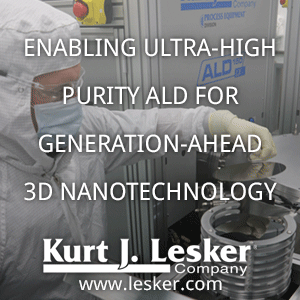Direct Ethanol Fuel Cells DEFCs are considered one of the promising renewable energy sources, as they can produce electrical energy directly from the ethanol electrooxidation reaction. The efficiency of ethanol electrooxidation is a big question from research point of view. Here French and Canadian researchers show how ALD Pd nano particles grown in anodic titanium oxide nanotubes can be used for Ethanol Electrooxidation.
Atomic Layer Deposition of Pd Nanoparticles on TiO2 Nanotubes for Ethanol Electrooxidation: Synthesis and Electrochemical Properties
Loïc Assaud, Nicolas Brazeau, Maïssa K. S. Barr, Margrit Hanbücken, Spyridon Ntais, Elena A. Baranova, and Lionel SantinaccACS Appl. Mater. Interfaces, Article ASAP
DOI: 10.1021/acsami.5b06056
Palladium nanoparticles are grown on TiO2
nanotubes by atomic layer deposition (ALD), and the resulting
three-dimensional nanostructured catalysts are studied for ethanol
electrooxidation in alkaline media. The morphology, the crystal
structure, and the chemical composition of the Pd particles are fully
characterized using scanning and transmission electron microscopies,
X-ray diffraction, and X-ray photoelectron spectroscopy. The
characterization revealed that the deposition proceeds onto the entire
surface of the TiO2 nanotubes leading to the formation of
well-defined and highly dispersed Pd nanoparticles. The electrooxidation
of ethanol on Pd clusters deposited on TiO2 nanotubes shows
not only a direct correlation between the catalytic activity and the
particle size but also a steep increase of the response due to the
enhancement of the metal–support interaction when the crystal structure
of the TiO2 nanotubes is modified by annealing at 450 °C in air.



%20(1).png)
No comments:
Post a Comment